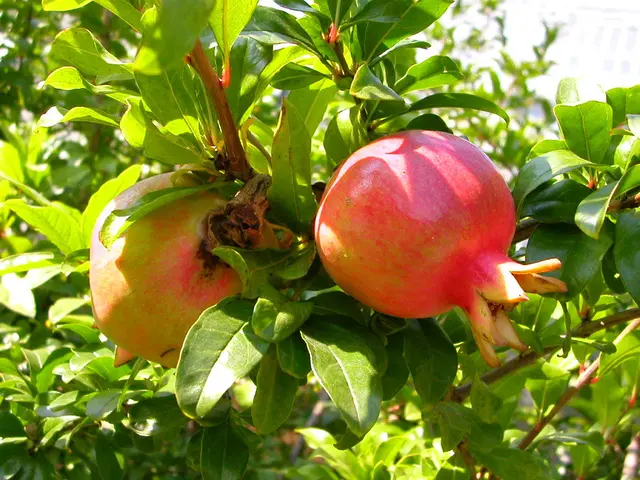How to shield your garden plants from heavy rain damage this season
Gardening enthusiasts are advised to protect their plants during heavy rainfall to prevent damage and disease. Several methods can be employed to safeguard potted plants from excess water and strong winds, especially during autumn and winter.
One effective strategy is to use waterproof covers such as waterproof tarpaulins or polyester pavilions with weather-resistant roofs. These can be placed over plant pots before heavy rain begins to prevent waterlogging and subsequent damage to the plants.
Elevating pots using plant feet, bricks, or gravel is another useful technique. This allows excess water to drain freely, preventing root rot by ensuring proper aeration. For delicate plants, moving them to a sheltered area during heavy downpours can provide additional protection.
However, it's important to note that some plants, like aquatic or bog plants, thrive in wet conditions and do not require elevation or aeration. Covering plants with impermeable sheets during heavy rain can trap water and encourage fungal diseases, so this method should be avoided.
Heavy rain and strong winds can cause significant damage to gardens during autumn and winter. To mitigate this, gardeners can use simple, free plant feet made by cutting wine corks in half. This elevates pots and allows for better drainage.
After heavy rainfall, it's crucial not to overwater plants as this can suffocate roots and lead to rot. Similarly, leaving pots and containers directly on the ground can cause waterlogging, which can also damage plants.
In conclusion, protecting plants during heavy rainfall involves a combination of using waterproof covers, elevating pots, moving delicate plants to sheltered areas, and avoiding overwatering. By employing these strategies, gardeners can help ensure their plants remain healthy and undamaged throughout the year.







